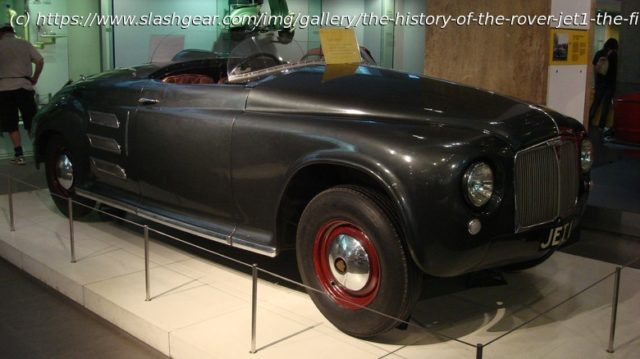The Rover Jet1 was the first car ever built with a turbine engine and while it had it’s advantages, there were also flaws that came with it.
World War II was firmly in the rearview mirror in 1946, and a British auto manufacturer started working on the world’s first gas turbine-powered car. The company had experience with such engines, having been awarded a contract by the U.K.’s Air Ministry in 1940 to be the primary supplier of the new-fangled jet engine technology (first designed by Frank Whittle) for the British Royal Air Force (RAF).
The Rover Company, which first began making bicycles in Warwickshire, England, in 1885 and would drop the first Land Rover-branded vehicle in ’48, ironically never flew a single successful jet engine before the war ended because it kept changing Whittle’s designs. Regardless, Whittle’s fundamental ideas were sound and laid the groundwork for the new era of jet propulsion that was about to unfold and is still used today.
Rover continued working with the turbine engine, though, seeing it as a viable power source for the future and one that could potentially power automobiles.






